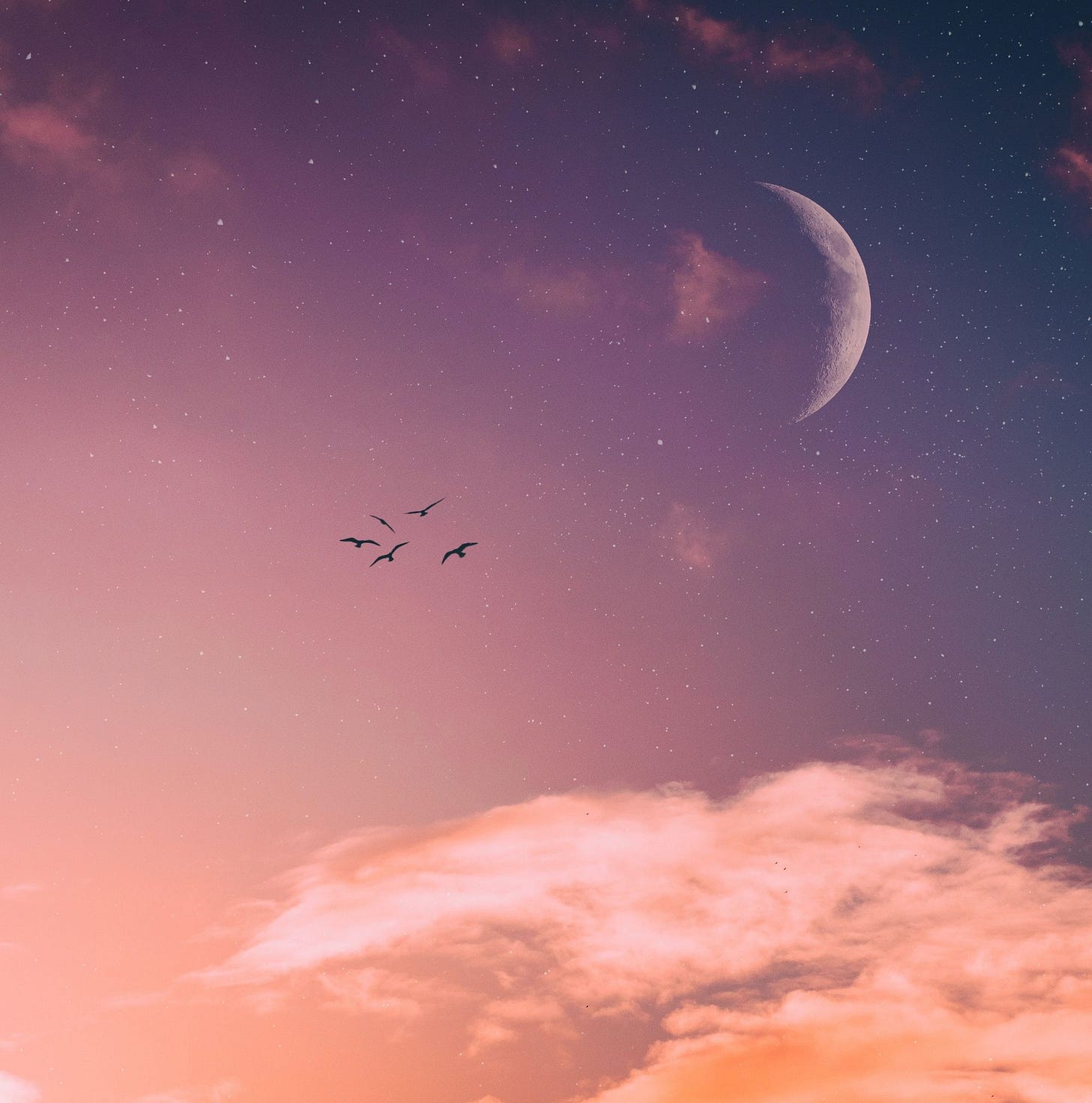I'm still working on stories at sea and trying to learn more weird stuff about low-tech navigation. I decided to take some inspiration from the animal kingdom instead of limiting myself to ancient sailing tricks, and I'm glad I did. I was not expecting arctic terns and elephants to have similar voice tricks...
Quick Facts
Prehistoric sailors used cues lik…
Keep reading with a 7-day free trial
Subscribe to Manuscriptions to keep reading this post and get 7 days of free access to the full post archives.



